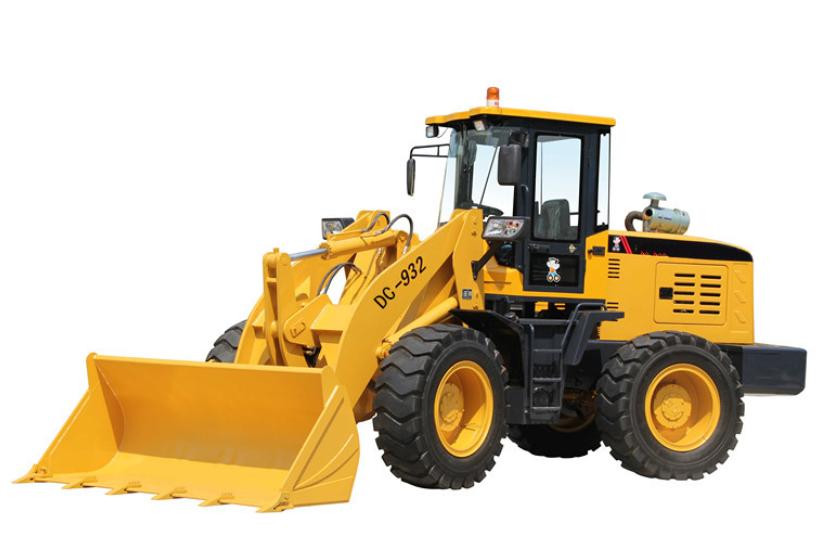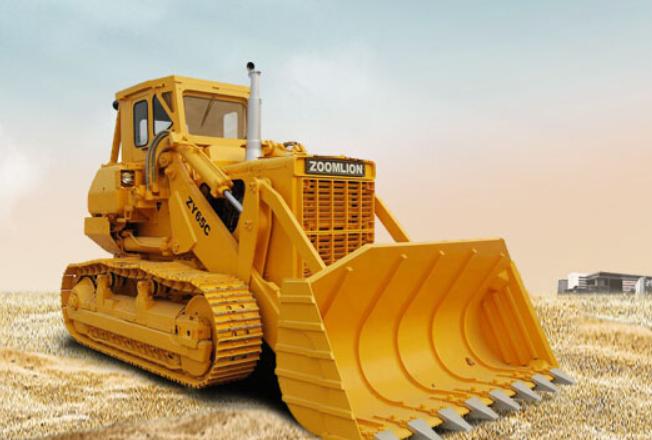Loader is a kind of construction machinery. It has high operation efficiency. We can use it to deal with loose accumulated materials. It can tidy up things. We can use it to scrape off the ground and carry out traction operations. After replacing some of its accessories, it can dig, lift, load and unload materials. Loaders have many application fields. It can play many working roles. We can see it in urban construction, mines, railways, highways, hydropower, oil fields, national defense and airport construction. Its existence accelerated the progress of the project. Ensure the quality of the project. Improved working conditions. The work efficiency is improved. At the same time, it reduces the construction cost. Loader is a useful construction machinery.

Loader Sorting
1. Sorting by walking system structure
(1) Tire loader: The special chassis of tire type is used as the traveling mechanism.
Advantages: Flexibility and high operation efficiency. The producing cost is low. It is easy to use and maintain. The elasticity of the tire provides a good cushioning and damping effect.
(2) Crawler loader: Crawler-type special chassis or industrial tractor is used as the traveling mechanism. It is equipped with a working device and its control system.

Advantages: It has high traction. It has good off-road performance and stability. This has strong uphill ability. It has a small turning radius. You can work freely in harsh environment.
2. Sorting by engine position
(1) Engine front-mounted: Loader with engine placed in front of operator.
(2) Rear engine: Loader with engine placed behind operator.
The rear structure of the engine can expand the driver's vision. We can use it as a counterweight. This reduces the overall equipment quality of the loader.
3. Sorting by steering mode
(1) Deflection wheel steering type. A loader that uses the wheels of a wheeled chassis as steering wheels. It has three forms: deflecting front wheel, deflecting rear wheel and all-wheel steering.
Drawbacks: The mobility and pliancy of the integral frame are poor. It doesn't adopt this steering method.
(2) Hinged steering type. A loader that relies on the front wheels, the front frame and the working device of the wheeled chassis to turn by swinging with the hinge pins of the front and rear frames.
Advantages: Small turning radius. Flexible. You can work in a narrow field.
(3) Sliding steering type. Steering is realized by the speed difference between the walking wheels on both sides of the wheeled chassis or the driving wheels on both sides of the crawler chassis.
Advantages: Small size of the whole machine. Strong maneuverability. In-situ steering can be realized. A narrower space can be used. This is a common steering method for micro-installers.
4. Sorting by Drive Mode
(1) Front wheel drive. This is the loader with front wheels of walking structure as driving wheels.
(2) Rear wheel drive type. This is the loader with the rear wheel of a walking structure as the driving wheel.
(3) All-wheel drive. The front and rear wheels of the walking structure are used as the loader driving wheels.
The above sorting and introduction of loaders show the functions of this powerful machine from different angles. Its appearance has facilitated our production and life.